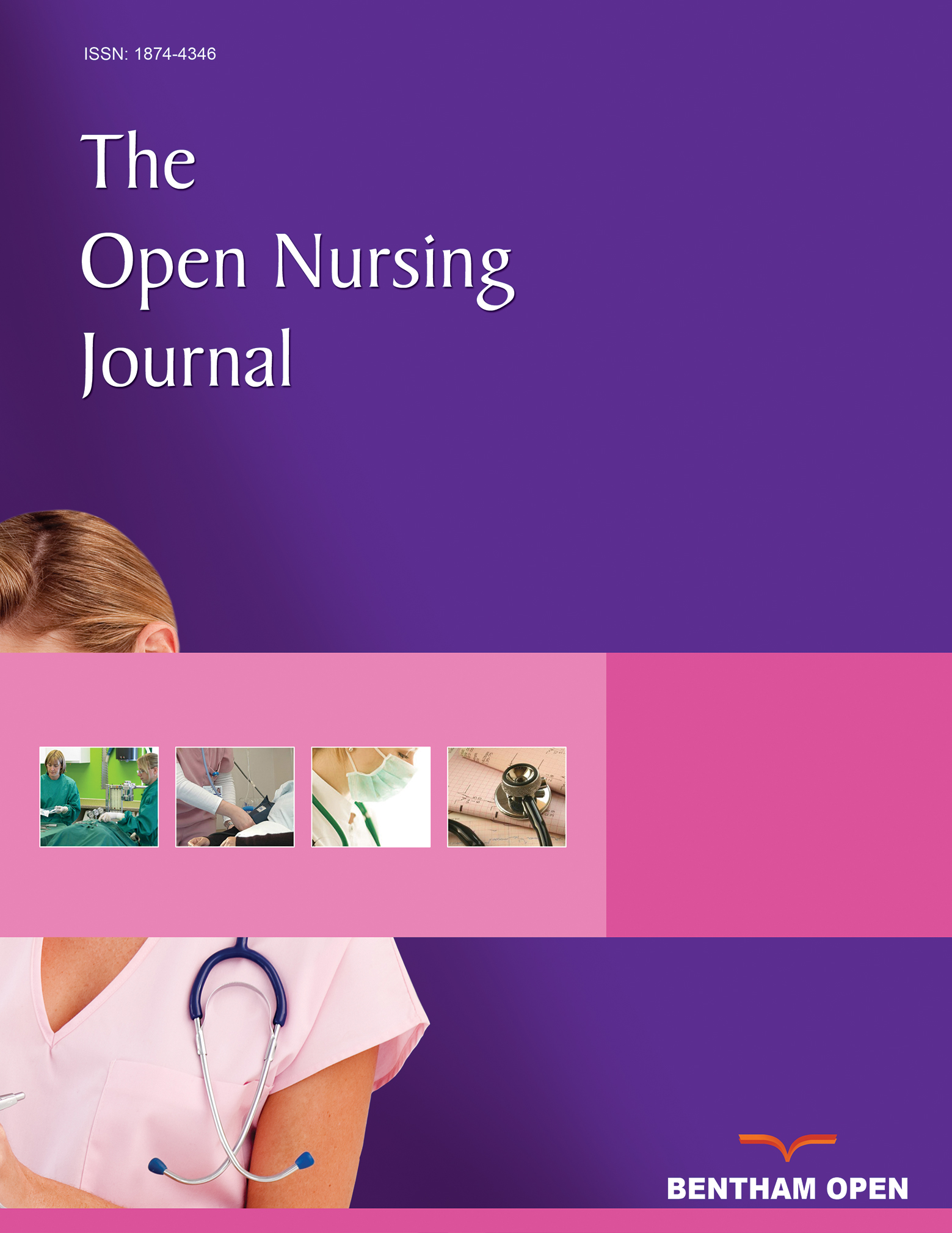All published articles of this journal are available on ScienceDirect.
Managing Deteriorating Patients: Registered Nurses’ Performance in a Simulated Setting
Abstract
Aim:
To examine, in a simulated environment, rural nurses’ ability to assess and manage patient deterioration using measures of knowledge, situation awareness and skill performance.
Background:
Nurses’ ability to manage deterioration and ‘failure to rescue’ are of significant concern with questions over knowledge and clinical skills. Simulated emergencies may help to identify and develop core skills.
Methods:
An exploratory quantitative performance review. Thirty five nurses from a single ward completed a knowledge questionnaire and two video recorded simulated scenarios in a rural hospital setting. Patient actors simulated deteriorating patients with an Acute Myocardial Infarction (AMI) and Chronic Obstructive Pulmonary Disease (COPD) as the primary diagnosis. How aware individuals were of the situation (levels of situation awareness) were measured at the end of each scenario.
Results:
Knowledge of deterioration management varied considerably (range: 27%-91%) with a mean score of 67%. Average situation awareness scores and skill scores across the two scenarios (AMI and COPD) were low (50%) with many important observations and actions missed. Participants did identify that ‘patients’ were deteriorating but as each patient deteriorated staff performance declined with a reduction in all observational records and actions. In many cases, performance decrements appeared to be related to high anxiety levels. Participants tended to focus on single signs and symptoms and failed to use a systematic approach to patient assessment.
Conclusion:
Knowledge and skills were generally low in this rural hospital sample with notable performance decrements as patients acutely declined. Educational models that incorporate high fidelity simulation and feedback techniques are likely to have a significant positive impact on performance.


